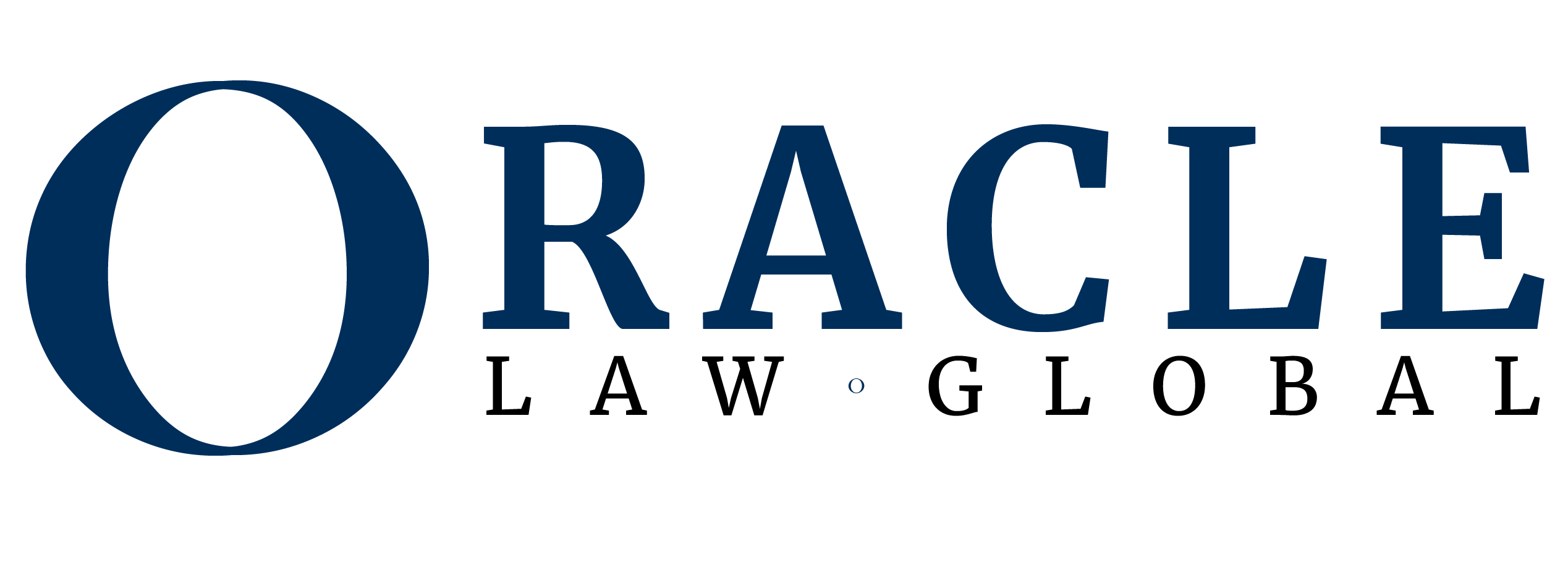Tobacco control efforts protect 6.1 billion people
Have you got a question?
– WHO’s new report
The new report published on 23 June 2025 by the World Health Organization (WHO) warns that serious action must be taken to combat the harms caused by tobacco in people’s lives.
Tobacco remains one of the leading causes of preventable death worldwide, with over seven million deaths annually, compounded by the devastating effects of second-hand smoke exposure and the enormous pressure placed on healthcare systems. The World Health Organization has described this crisis as a true global epidemic, tackling it through a legal and strategic framework that is both ambitious and necessary. The WHO Framework Convention on Tobacco Control, ratified by over 180 countries, stands as the first binding international treaty in the field of public health, and remains the legal cornerstone upon which global tobacco control policies are built.
Rather than merely setting health goals, the Convention imposes legal obligations on its signatories, including the regulation of the production and distribution of tobacco products, the protection of citizens from second-hand smoke, the promotion of smoking cessation, restrictions on advertising and sponsorship, and the adoption of tax policies aimed at discouraging consumption. To support the Convention, WHO developed a concrete operational plan known as MPOWER, a set of six strategic measures that synthesize the recommended approach for all countries, regardless of their level of development.
These measures include monitoring tobacco use and prevention policies, protecting people from tobacco smoke, offering support to quit smoking, implementing public awareness campaigns and graphic health warnings on packaging, enforcing total bans on advertising and sponsorship, and raising taxes on tobacco products. Today, more than three-quarters of the world’s population is covered by at least one of these measures, but only a handful of countries have implemented the entire package at the optimal level recommended by WHO. The regulatory gap between high-income and low- or middle-income countries remains significant, and this imbalance is exacerbated by the tobacco industry’s persistent interference in legislative processes, its promotion of misleading narratives, and its exploitation of legal loopholes in poorly regulated markets.
WHO has repeatedly called attention to such interference, stressing that the commercial interests of the industry are fundamentally incompatible with public health goals. Protecting health policies from any form of industry influence is now considered an essential condition for ensuring the effectiveness of legal measures. WHO has also documented significant progress, especially in the adoption of graphic health warnings, which increased from just a dozen countries in the early 2000s to over a hundred today, covering more than sixty percent of the global population. However, despite these encouraging signs, the full implementation of WHO-recommended tobacco control policies remains far from consistent.
Many countries still lack appropriate fiscal systems to make cigarettes less affordable; cessation programmes are limited and underfunded; public communication campaigns are often sporadic, lacking continuity and scientific backing. Tobacco advertising, promotion, and sponsorship bans are only partially implemented in most jurisdictions, leaving wide room for indirect marketing, especially on social media and in sports or cultural events.
Further complicating the scenario is the rapid expansion of ENDS—electronic nicotine delivery systems—and e-cigarettes, which have quickly entered global markets by exploiting a largely fragmented or absent regulatory framework. While the number of countries with specific regulations on these products is growing, many jurisdictions still lack any legal framework, allowing uncontrolled commercial penetration, often targeting vulnerable groups such as adolescents.
WHO has expressed growing concern about the normalizing effect of these products and has urged governments to adopt strict regulation, guided by the same precautionary principle applied to traditional tobacco. The challenges ahead remain substantial: from the effective implementation of existing laws to strengthening enforcement mechanisms, to defending legal space from the increasing influence of multinational tobacco companies operating with ever more sophisticated and globalised strategies.
For WHO, law is not merely a tool of regulation—it is a means of collective empowerment and intergenerational protection. Reducing tobacco use is not only a public health priority; it is a fundamental requirement for sustainable development, the protection of vulnerable groups, the promotion of equality, and the fulfilment of the right to health as recognised in international law. In this context, governments are called upon to act decisively, close regulatory gaps, strengthen existing instruments, invest in data-driven public education, and ensure that no health policy is subject to private interests. Only a strong, coherent, and global legal response can halt an industry that continues to reinvent itself in order to survive—at the cost of millions of lives.
- Oracle Italy S.T.A. s.r.l. Via Giovanni Porzio n.4- Isola B2 80143, Napoli
- (+39) 02 3056 5370
Book a call back
Share this article
Got a question?
Please complete this form to send an enquiry. Your message will be sent to one member of our team.
Related posts

WHO Drafts Historic Pandemic Treaty
A historic agreement has been reached in Geneva: the World Health Organization (WHO) has formalized the draft of an international treaty for pandemic

Regulating Crypto: Investor Opportunities & Risks
Introduction The rapid evolution of cryptocurrencies has transformed them from niche financial instruments into a significant asset class. This development brings new opportunities

DORA: EU’s Digital Resilience for Finance
Introduction The European Union’s Digital Operational Resilience Act (DORA) represents a significant regulatory development aimed at enhancing the digital resilience of financial entities

The war on European financial fraud: €4.5 billion recovered between 2022 and 2024
Research, Recovery, and Reassessment: The Three “R” Technique in the Fight Against Corruption. With press release no. 16/2025 dated June 16, 2025, OLAF

